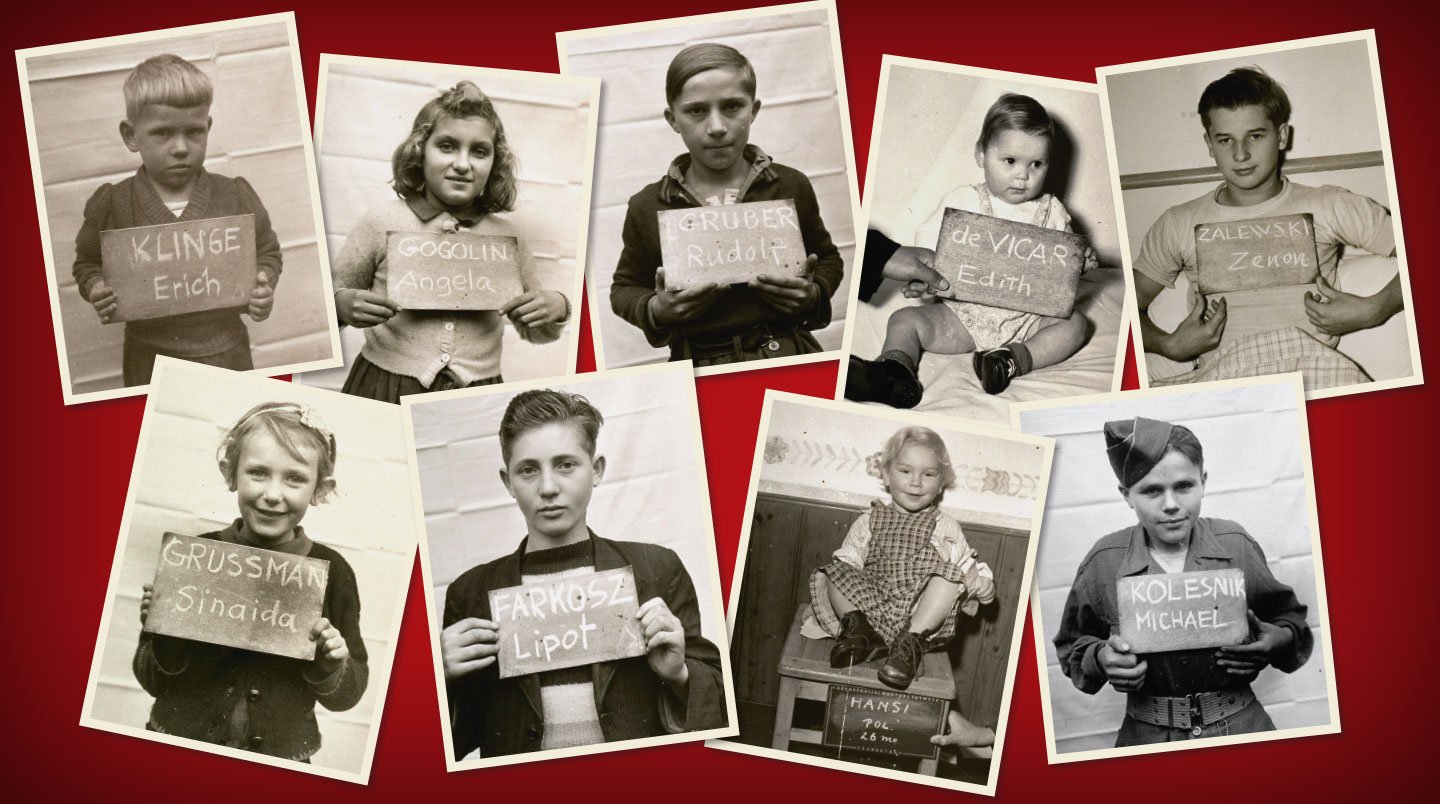Any minute could have been their last. For days, Erwin Farkas, 15, and his brother Zoltán, 17, had been forced to march endlessly at gunpoint by German Nazi soldiers. It was April 1945, and the Jewish teens were headed, along with thousands of other prisoners, to a German concentration camp called Dachau.
Many hundreds of prisoners had died of hunger or sickness along the way. Others had been executed when they couldn’t keep up. “If you fell, you were shot,” Erwin recalls.
Any minute could have been their last. For days, Erwin Farkas and his brother Zoltán had been forced to march at gunpoint by German Nazi soldiers. Erwin was 15. Zoltán was 17. It was April 1945, and the Jewish teens and thousands of other prisoners were headed to a German concentration camp called Dachau.
Many hundreds of prisoners had died of hunger or sickness along the way. Others had been executed when they could not keep up. “If you fell, you were shot,” Erwin recalls.

